It wasn’t until World War II that plastic products began to be mass-produced as they are today. The war accelerated the need for new technologies, and plastics came to revolutionise the way we live – providing us with durable, mass-produced and inexpensive commodities. They promised men of the 1950s a vision of the future, and their housewives an easier life. And plastics more than fulfilled their promise.
Is plastics itself the enemy?
Current global demand for plastic is greater than ever, and is still growing. However, popular opinion has started to turn. The huge patches of plastic waste that litter the oceans, and marine life found with stomachs filled with plastic, are quite rightly creating public outrage and fuelling a backlash. Many consumers want to reject plastic products (#saynotoplastics). So, while plastic has become hyper-consumerism’s poster boy, we need to ask whether the enemy is plastic itself, or the ways in which we use it?
Avoiding plastic in our supermarkets is a futile exercise, and many shoppers are frustrated at the sight of a single mango or cucumber cocooned in its individual plastic wrapping. However, it’s important to realise that this wrapping has a purpose. Food waste is a massive global problem and accounts for as much as 14% of global CO2 emissions. Wrapping your cucumber extends its shelf life from three to 14 days, greatly improving the chances of it landing on your plate. In another example, Norwegian food distributors BAMA have reported a 75% reduction in waste by transporting packaged instead of loose grapes.
The much-despised, everyday polythene carrier bag actually offers the ‘greenest’ option
Nor does plastic carry the worst of all environmental footprints. According to the UK Environment Agency, the much-despised, everyday polythene carrier bag actually offers the ‘greenest’ option, having four times less environmental impact than its biodegradable competitor, the paper bag. It also turns out that the cotton shopping bag that I’ve been proudly using has to be reused 131 times to bring its environmental impact down to the same levels as those of the cheaper plastic bag (#newlifegoal).
There’s no doubt that there is a surplus of throw-away plastic in our everyday lives. However, we cannot deny that we would be struggling to maintain our current quality of life without the availability of plastic products. Access to clean water, food, medicine, infrastructure and transport all rely on the use of plastic in its different forms.
Should we ban plastic?
Today, 70 years on from the post-war plastic revolution, we produce more than 300 million tonnes of plastic goods each year. Our planet is quite literally drowning in it. What we need is a new plastic revolution. However, the answer is not to ban plastic, but to use it and all other materials more intelligently and more responsibly. This is why SINTEF researchers are focusing their efforts at finding solutions in the Clean Ocean and Circular Economy research centres.
So, as well-intentioned consumers, how do we target our efforts in the face of the continually shifting, green goalposts? The answer is an oldie but a goodie:
REDUCE, REUSE, RECYCLE
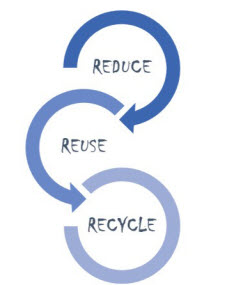
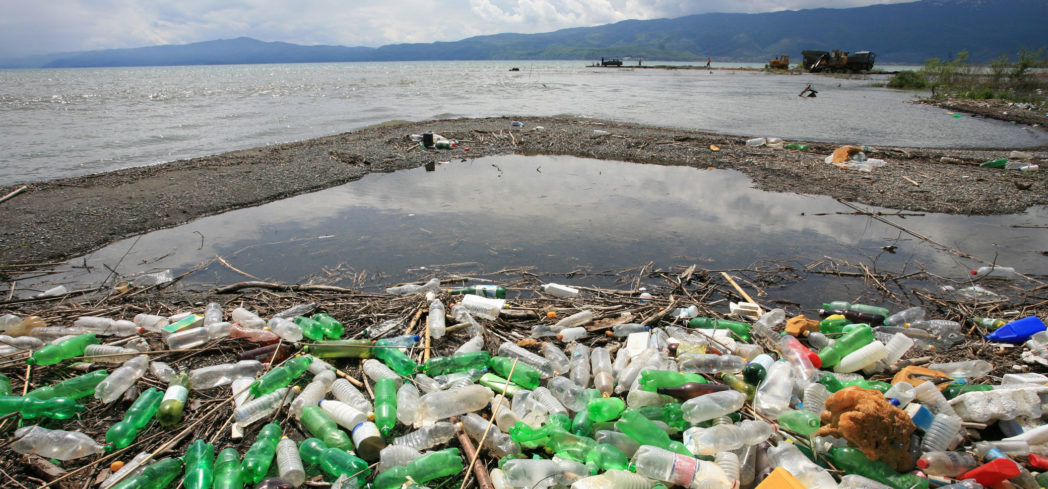





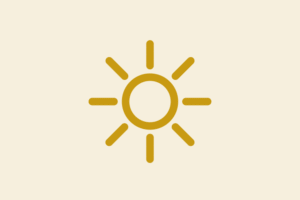

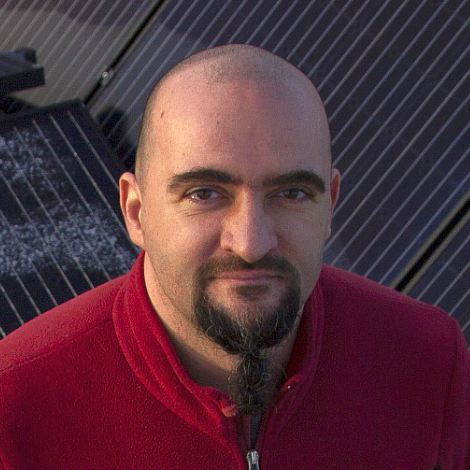
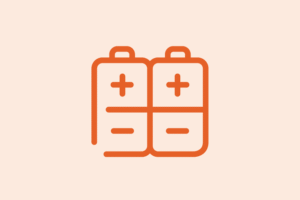





Comments
Hi Susie,
I have a few comments to your interesting post on plastic as the enemy, it would be interesting to hear you elaborate upon:
– It is true that plastic in itself is not the problem, but our imperfect systems to avoid it leaving the technosphere and our imperfect recycling and collecting technologies/systems. However, as the task of changing all peoples wasteful behaviour and thus avoid the littering of plastic waste is very challenging. Do you not believe that reduction of use of plastic is one of the approaches that is necessary to solve the plastic waste problem?
– You omit to include the fact that almost all plastic come from fossil sources, and thus is a non-renewable resource. Yes, in some cases an LCA will result in higher impact in some impact categories for the renewable alternatives, but the datasets you use in the LCAs normally do not include a number of the negative impacts from the product system, for instance the destruction of oceans or marine species from plastic waste, or our health issues from micro beads. You mention the UK environmental agency states plastic bags have 4 times less impact than paper bags. I have sees several LCAs in accordance with this, but these results always depend on the scenarios you use. If you look at the figures for 1 kg LDPE and 1 kg Cellulose from EcoInvent in a cradle-to-gate using CML 2001, you find that LDPE has almost 3 times higher acidification potential, more than 5 times higher GWP and 3 times higher eutrophication potential. The lowest impact would thus depend on the mass of the bags, the use scenario and the recycling scenario. But still, this wouldn’t tell the whole story. Isn’t it on a principle basis better to generally prefer renewable resources?
– We do need plastic for some application areas, but by far not as many as we use it for now. It is true that the impact of food waste in most cases is larger than the impact of food, but it is not given that plastic is the only or best alternative to make packaging. For instance are both Stora Enos and Borregaard close to launching cellulose based materials that both has gas and liquid barriers.
The reason I take the time to ask you to elaborate, is that your background and position makes it possible that such a blog-post may give the wrong impression to people and influence them to drive the world in the wrong direction. It is possible to have different academic positions as to what is the best development of the world, but I have a feeling that we agree on most points.
Hi Johannes,
Really good points and yes I think we are in agreement! Of course in a blog of only 500 words I’m not going to address all the complexities in this minefield of a topic. My aim with this post was to focus on the idea that the problem is not plastic but rather our consumer behaviour and that plastic itself is just a material and it actually has many important functions. It is important that in our hurry to correct our damage to the planet that we do not end up kicking an environmental own goal.
So yes as I said in my post the first action is always ‘reduce’. I also agree that in the future that all plastic should and need to be derived from renewable sources (including recycled material) and happily there is enormous action on that front. And of course all plastic needs to be recyclable and dealt with in a system that keeps our secondary resources in use. I also agree that LCAs don’t tell the whole picture but are a useful tool to help us get a fuller understanding.
SINTEF is always excited to discuss and collaborate with others working in the field so feel free to get in touch!